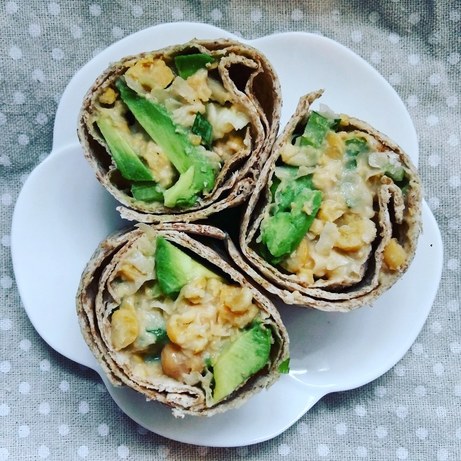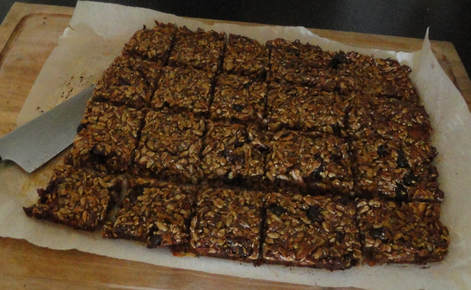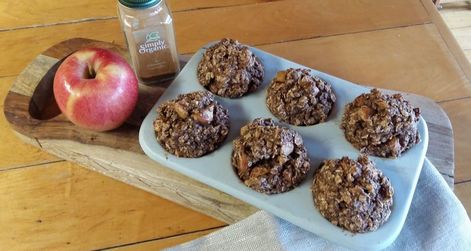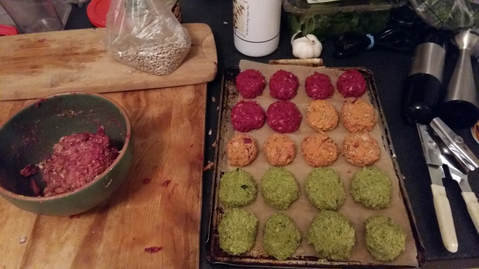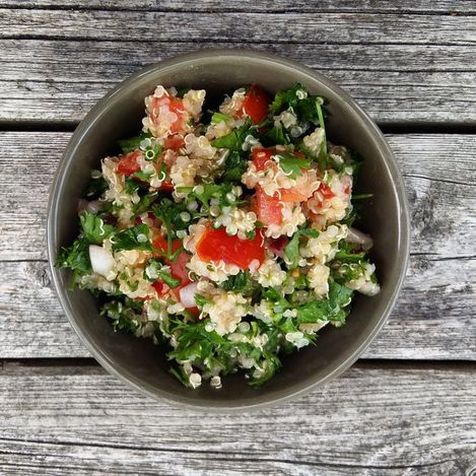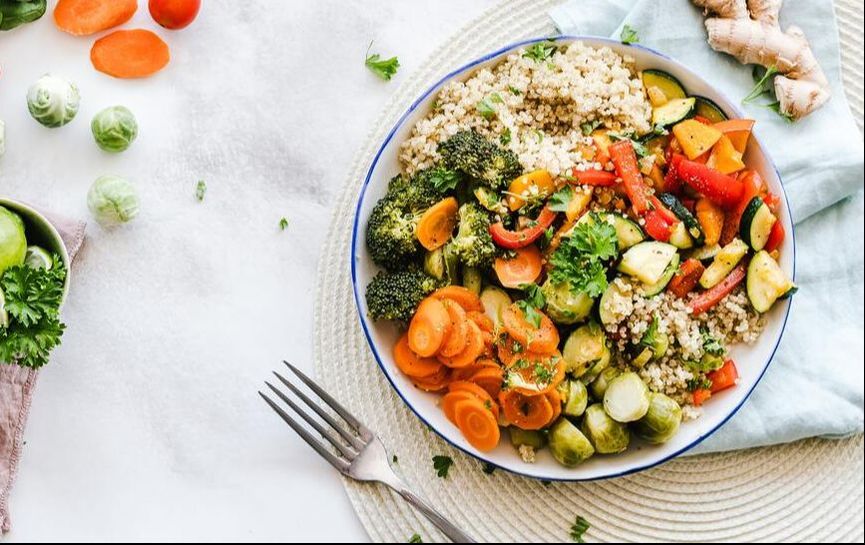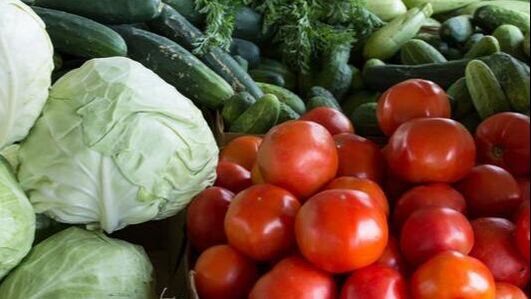One of my regularly scheduled programs is this super easy, super delicious Chickpea Salad Sandwich Mix
Recipe , that is fantastic on rice crackers for a great gluten-free option, or in an organic wholegrain roll up for easy eating and full of fibre, even as a dip for a bowl full of colourful veggies!
Here's two of my fav of Grab-and-Go breakfasts chalked full of healthy fats and plant based proteins to keep the energy even and lasting all the way to lunch!
Try this Seedy Breakfast Bar ( with or without the nuts) for a healthy filling option to head out the door with.
Health & Happiness
~R

